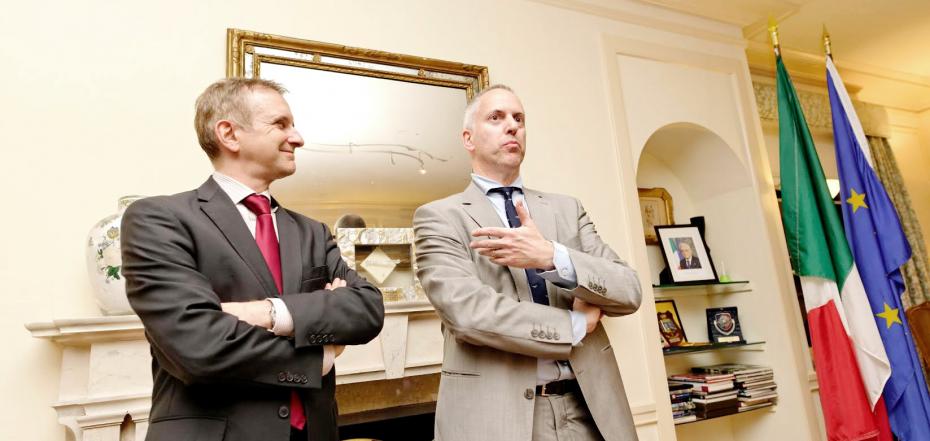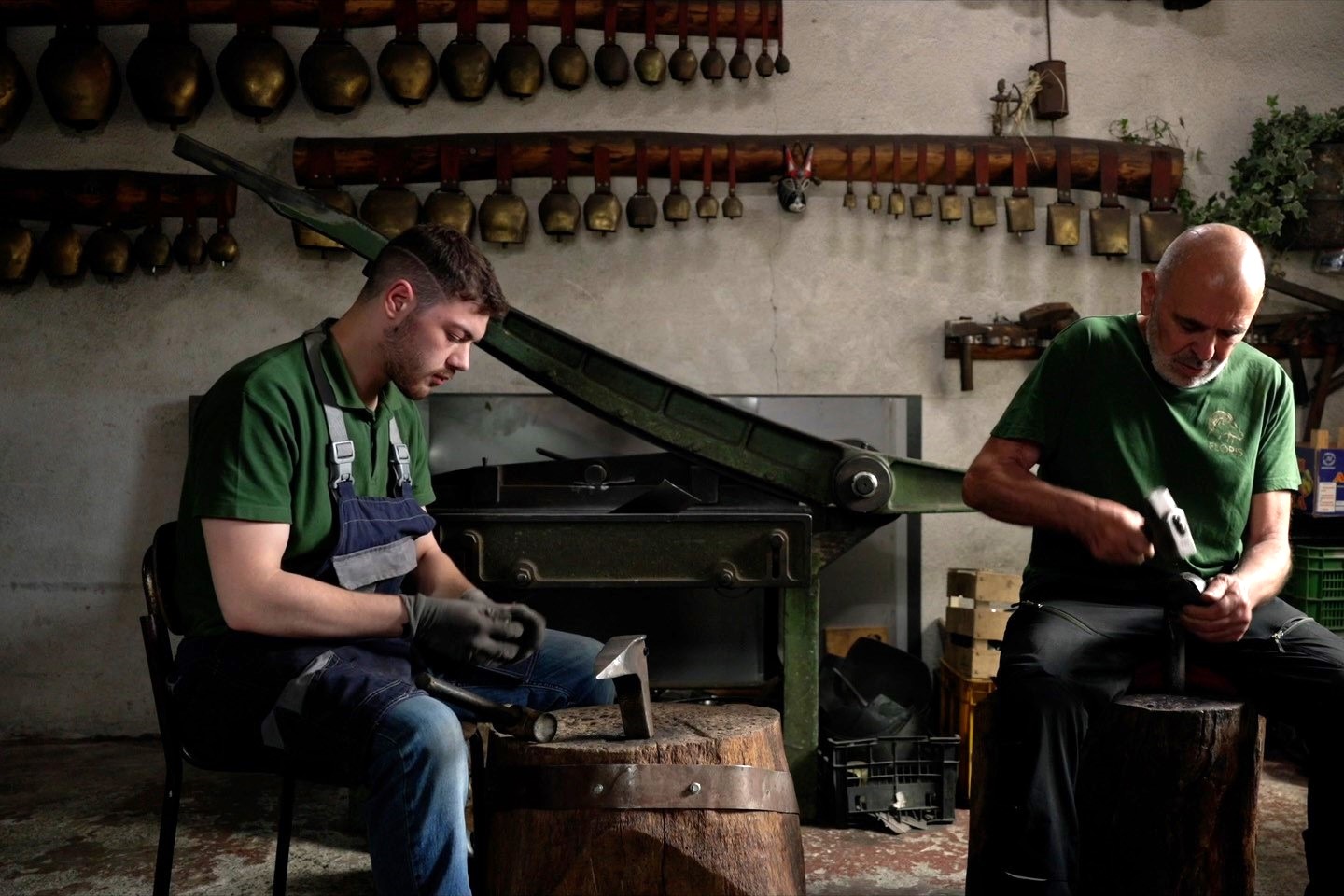For one week, the Bay Area and the Genoese community had the chance to meet and know Marco Doria, who has been serving as Mayor of Genoa since 2012. Therefore, on the evening of February 9, they also have learnt more about the evolution of Genoa from the original “Repubblica Marinara” to its current composite nature of industry, culture, and tourism. The talk, called “Genoa: Building a New Future, from a Grand Historical Heritage”, was organized by the Consulate General of Italy together with the Italian Cultural Institute.
San Francisco and Genoa have more in common than what could seem at first: while they share a history of maritime centers, the two cities have also been connected for the great contribution of immigrants from Genoa and Liguria to the growth of San Francisco and of the Bay Area. Not only the famous Giannini family (Amadeo Pietro was son of Luigi and Virginia, immigrated from Favale di Malvaro near Genoa, during the California Gold Rush of 1849), but also many professionals that have moved to the Bay Area in the last twenty years.
Attended by a great audience, mainly composed of Italian-Americans interested in learning the history of their ancestors’ hometown, Mayor Doria’s presentation focused on the growth of Genoa in different centuries. Thanks to his background in Literature and Philosophy and his role as Professor of Economic History at the University of Genova, the Mayor gave an overview of the Middle Ages, when the city represented one of the most important economic hubs in Europe and the Mediterranean. Known as the Maritime Republic, along with Venice, Pisa, and Amalfi, the city had a relevant control on trade between Asia and Northern Europe: trade, shipbuilding, and banking helped support one of the largest and most powerful navies in the Mediterranean. Nevertheless, during the Renaissance, soon after the discovery of America, Genoa turned into the financial center of the Spanish Crown. In the 16th century, also thanks to the efforts of doge Andrea Doria, who is one of Mayor Doria’s ancestors, Genoa became the banking center of the Spanish Empire. The city suffered from the decline of the Spanish Empire and only after Italy’s unification it could take a new role again. We talked to Mayor Doria about his impressions while meeting the local community.
Mayor Doria, should we consider the migration from Genoa to California as a loss or a contribution to the role the city has now worldwide?
I’d consider it a loss in the sense that those who had left the city in the 1900s succeeded in showing their great skills abroad. At the same time, as they kept a strong connection with their origins, they surely helped Genoa’s image in America.
Which kind of atmosphere did you find in the Bay Area?
Most people I’ve met are very successful and they are perfectly integrated in the American system. At the same time, I was happy to see how their liaison with Genoa and Italy is not over and they are trying to keep it tight and strong. That’s also the reason why I told them to keep following their path in life but also offered to work together and do whatever is needed to keep their interest towards their hometown and country alive.
What’s the main outcome of this trip?
I’ll go back to Italy with many stories that give me some inputs on how to move forward: I don’t want to replicate in Genoa what people do here in the Silicon Valley, however ideas, feelings, and abilities can be used as the starting point of a collaboration. I’d like to create a bridge between Genoa and San Francisco and the whole Bay Area. I loved to see the positive spirit with which new generations of Genoese approach life and work. It is something that Italy is missing at the moment.
The theme of our conversation with Mayor Doria was also recalled by Consul General Mauro Battocchi.
Mayor Doria said his visit will help build a bridge between the city of Genoa and the Genovese Community in San Francisco. How can the community here contribute to this goal?
I encourage the Americans of Genoese origin and the Genoese professionals who have moved to California more recently to create a sort of “advisory board” to provide the City of Genoa with good advice and contacts. They are an invaluable asset for their city of origin: they can generate leads for investment, promote exchanges or simply recommend best policy practices. In other words, they can make a difference in giving Genoa a new future. They could draw inspiration from Amadeo Pietro Giannini, the icon of Italian Americans on the West Coast.

The Genovese community is a mix of old migrants and new generations: why is it important to keep a strong connection between the two groups?
The Genoese of second, third or fourth generation have reached a level of integration within the Californian society that can definitely benefit the Genoese newcomers, whereas the latter can keep the former updated on the current trends and avoid the risk of getting stuck with an obsolete picture of their ancestral homeland. What matters most for both groups is to be mindful of the good they can do for Genoa and Italy at large. The Genoese are highly influential here and their leverage can be significant if they network.






























